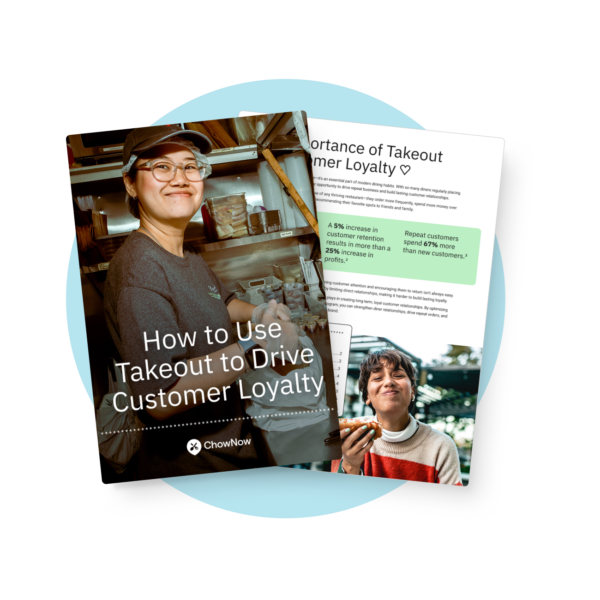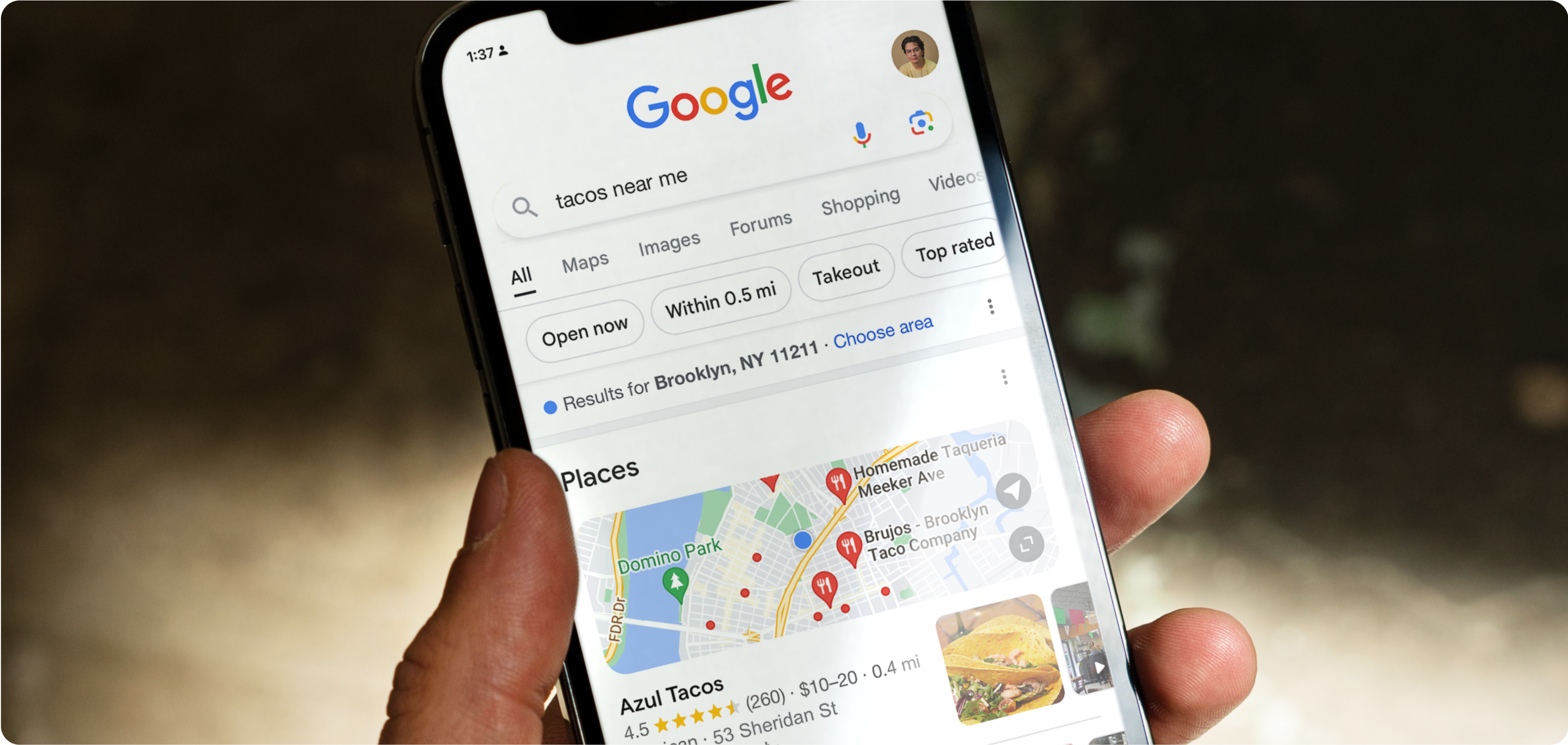ChowNow’s Guide to Restaurant Expenses & Cost-Saving Tips

Restaurant expenses can add up quickly if you’re not careful. From ingredients to insurance, new restaurants need to know how to manage fixed and variable costs. Balancing your budget is the most essential recipe for success. In this restaurant expenses breakdown, we’ll provide an overview of the kinds of costs you might face and how to manage them while maintaining a healthy, profitable business.
Fixed vs. Variable Costs
There are two broad categories of restaurant expenses: fixed costs and variable costs. Fixed costs generally stay the same each month and are not tied to sales, such as rent or insurance. Although some of these values might be adjusted annually, they typically remain fixed and predictable.
Variable costs, meanwhile, change depending on your sales. This includes ingredients, labor wages and utilities. These changes can come from things like increased sales or increased supplier costs. Variable costs are unpredictable, especially for a new restaurant, but they’re important to keep in mind to build a sustainable business.
Successful restauranteurs need to keep both fixed and variable costs managed in order to thrive. Tracking fixed costs can be as simple as adding up all regular bills. Variable costs require a bit more work. First take a period of time—a month, for example—and measure the cost of ingredients, labor & utilities for the period. This means adding up the cost of individual ingredients for all menu items sold as well as all labor costs such as wages, benefits and taxes. Added all together, this will give you a rough idea of your variable costs for one month.
Restaurant Operating Costs
Here’s a quick breakdown of common expenses restaurant owners should know, as well as a few that might surprise you.
Fixed Costs
- Rent or mortgage – monthly cost
- Insurance – annual cost
- Licenses, permits & subscription fees – annual or monthly cost
- Equipment – one-time cost
- Construction – one-time cost
- Furnishings – one-time cost
- Uniforms – one-time cost
Variable Costs
- Ingredients – monthly cost
- Labor – bi-weekly cost
- Utilities – monthly cost
- Marketing – monthly or as-needed cost
- Repairs & maintenance – monthly or as-needed cost
Note that just as some fixed costs can change annually, some variable costs could be covered with regular payments. Maintenance could be a fixed cost if you have a set contract or service plan. Every restaurant works differently, but as long as you’re carefully managing your costs, you’ll be able to turn a profit.
Calculating Cost Percentages
Now comes the most important part of restaurant expenses: how do they impact your profits? Think of your sales as a whole pie, with each slice representing business costs and one piece as your profits. Of course, it would be great to have the biggest profit slice possible, but your cost percentages are the real bulk of your sales. Calculating cost percentages helps ensure your sales cover your costs and allows you to identify areas where you might need to find cost-saving solutions.
Labor Cost Percentage
Your labor cost percentage is your total labor cost divided by total sales, multiplied by 100. That means not just wages but also benefits, payroll taxes, overtime bonuses, etc.
(Total Labor Cost / Total Sales) x 100 = Labor Cost Percentage
For example, let’s assume a restaurant spent a total of $320,000 on labor for one year and took in $1,000,000 in total sales. That gives them a labor percentage of 32%. Research shows a typical labor costs percentage of about 33%, so this example is within the norm. Be aware that this is only an average though. Depending on the type of restaurant, labor costs may be lower or higher. Quick service restaurants generally have lower labor cost percentages than fine dining establishments, but both can balance their costs to stay profitable.
Food Cost Percentage
Your food cost percentage uses a similar formula as labor, just with total cost of goods sold.
(Total Cost of Goods Sold / Total Sales) x 100 = Food Cost Percentage
To calculate cost of goods sold, take your existing food inventory during a specific period, add the cost of any food purchased during that period, then subtract your ending inventory.
Initial Inventory + Food Purchases – Ending Inventory = Total Cost of Goods Sold
Let’s take our example restaurant again and assume they started the year with $50,000 worth of inventory. Over the year, they purchased $400,000 worth of food and ended the year with $80,000 worth of inventory. That gives them a total cost of goods sold of $370,000, and a food cost percentage of 37%. According to the above Restaurant.org data, the expected average is 33% so this is a little high, but again every restaurant will operate differently.
Other Expenses Percentage
Food and labor will typically be the biggest and most important expenses to track. The remaining percentage of sales is split between all other expenses, such as rent/mortgage, supplies, repairs and utility, and of course profits. The above example adds up to 69% for food and labor and, assuming a profit of just 5%, leaves only 26% of sales revenue going toward other restaurant expenses.
This example looked at a year’s worth of sales, but you may want to track your expenses monthly to get a more detailed picture of costs. This is especially helpful for new businesses or if you anticipate significant differences in sales depending on the time of year—an ice cream shop will likely have more customers during warm months, which is sweet for business but can make balancing an annual budget a sticky challenge.
Restaurant Expenses Management
Concerned about cost percentages? Don’t worry, there are several ways to help manage and reduce restaurant expenses! Here are a few tips to get you started:
- Track expenses. Adding up receipts, bills and other expenses can be tricky. Consider using expense management software to lend a hand.
- Track inventory. Use inventory management software to easily monitor inventory levels and help calculate cost of goods sold.
- Build a strong team. Employee turnover is expensive, so incentivize your staff to stay with rewards, growth opportunities and a healthy work environment. Proper training also ensures efficient work.
- Save on utilities. Just like at home, small utility bills add up. Use energy-efficient light bulbs, run dishwashers when full, use water flow regulators, etc.
- Negotiate supplier costs. Cutting back on food costs can be vital. Find the right supplier for you and negotiate discounts by buying in bulk or working out flexible payment terms.
Check out more tips from our experts for maximizing profit margins and reducing costs as well as specific tips for reducing food costs and reducing labor costs.
Keeping restaurant expenses under control can feel like juggling plates, but by planning ahead to manage costs you can set your restaurant up for success and focus on making great food. ChowNow’s online ordering solution helps take some of the stress off your plate by providing a simple, commission-free system to manage order costs. Learn more about how ChowNow helps you reach more customers for less.







